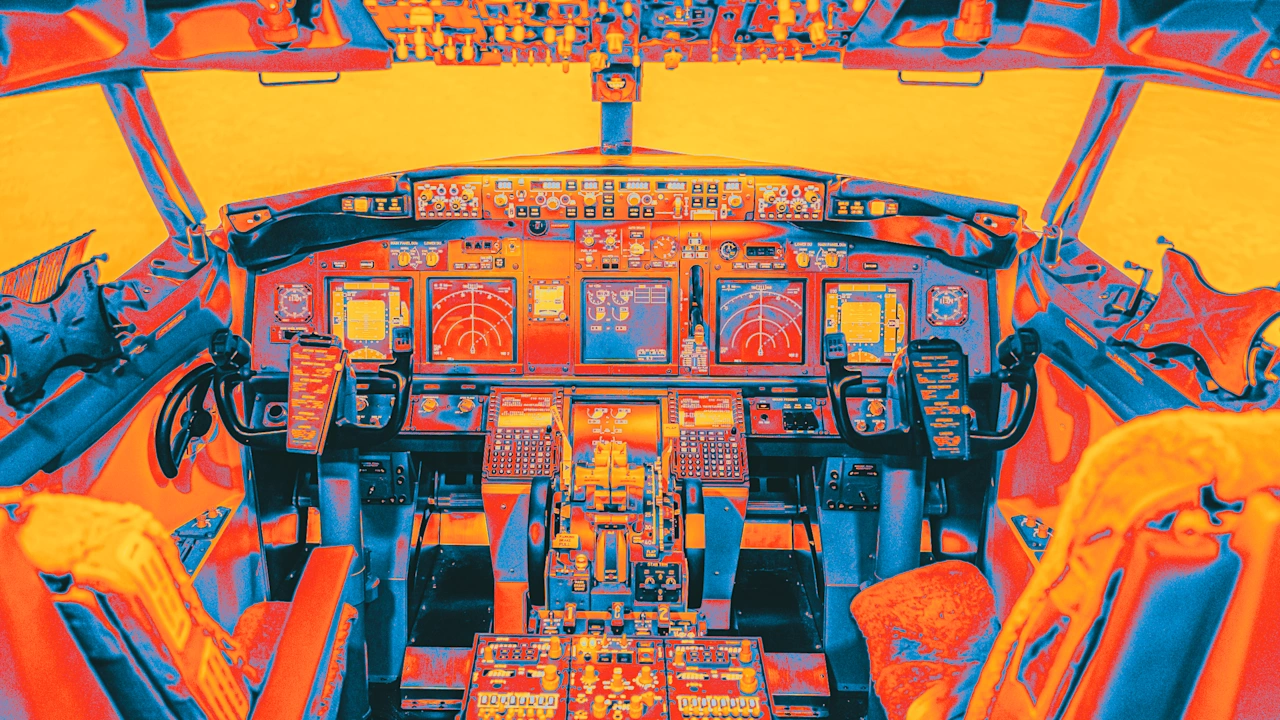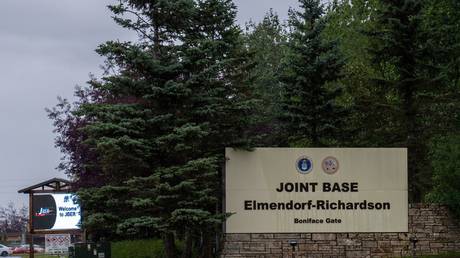This new flight deck technology is making flying safer, reducing delays, and curbing emissions

Ever wondered what goes on behind the scenes in a modern airliner’s cockpit? While you’re enjoying your in-flight movie, a quiet technological revolution is underway, one that’s not only making flying safer but also reducing air time to help minimize delays and reduce each flight’s carbon footprint. This advancement is a new application of a long-standing technology known as ADS-B, or Automatic Dependent Surveillance-Broadcast. The new application, called SafeRoute+, is a key component of the ongoing modernization of our air traffic control system.
As the vice president and general manager of surveillance at Acron Aviation, my team is responsible for designing and building many of the systems that airlines and air traffic controllers use to track planes. ADS-B is one of the key surveillance components in this effort. My background in electrical engineering and my work on flight decks and surveillance systems means I am deeply involved in understanding how this technology works and how it can be best used to improve every flight. A clear need for such innovations exists today. In 2024 alone, the U.S. recorded 1,474 runway incursions—about four per day—where aircraft, vehicles, or people were incorrectly present in protected airport areas. Each of these incidents represents a potential collision averted, highlighting why enhanced flight deck awareness isn’t just beneficial—it’s critical.
The information revolution in aviation
For decades, air traffic controllers (ATC) have helped to prevent collisions between aircraft, expedite and maintain an orderly flow of traffic, and provide advice and information for the conduct of flights. Pilots, in turn, have relied on visual cues, ATC instructions, and onboard navigation and surveillance instruments to fly safely. This dynamic is changing with the widespread adoption of ADS-B technology.
ADS-B Out, mandatory for all U.S. aircraft, broadcasts position data to ATC and other planes. It’s the same data that consumer tracking apps like Flightradar24 use. The major step forward, however, is ADS-B In, which allows pilots to receive and display this real-time traffic information directly in the cockpit. This significantly improves their awareness of nearby aircraft, reducing reliance on visual checks and controller updates. While this offers new pilot insight, ATC still plays a crucial role in ensuring overall safety by integrating all surveillance data from various sources to manage the entire system. Technologies like SafeRoute+ are helping to meet a key need expressed by the U.S.’s aviation regulator, the Federal Aviation Administration (FAA).
Real-world results
At Dallas Fort Worth International Airport, one of the world’s busiest hubs, tests of this new application of ADS-B technology showed impressive improvements. Each arrival runway could handle four to five additional landings per hour, significantly reducing congestion. Planes equipped with ADS-B In technology reported a 20-second reduction in average flight distance and time on the downwind leg of the approach, saving time and fuel. In addition to this, the spacing between aircraft at the runway could be safely reduced by 12 seconds. Visual safety improvements of approximately 14% were observed, even in poor weather conditions. Perhaps most importantly, throughout the entire testing period, there were zero safety incidents related to aircraft separation.
These improvements translate to meaningful benefits for everyone involved in air travel. Passengers experience fewer delays and contribute to a smaller carbon footprint when flying. Airlines benefit from increased operational efficiency, reduced fuel consumption, and more robust flight schedules. Airports can better handle the high traffic levels without the enormous expense of building new runways or terminals, making better use of existing infrastructure.
How it works: A new perspective for pilots
SafeRoute+ is Acron Aviation’s ADS-B In solution. It provides pilots with a forward-looking traffic view up to 180 nautical miles. This view enables more precise aircraft spacing, safely reducing the separation between aircraft and increasing throughput, particularly in low visibility.
SafeRoute+ provides pilots with a suite of tools for proactive decision-making. These tools empower them with a clearer picture of their surroundings, creating a shared understanding between pilots and ATC that leads to safer and more efficient skies.
The path forward
Solutions like SafeRoute+ are not only available for new aircraft but also for existing fleets through cost-effective retrofits. For this technology to reach its full potential, we need continued regulatory support, investment from airlines, and collaboration among aircraft manufacturers, technology partners, and aviation authorities.
The evidence from real-world trials clearly shows that providing pilots with better tools leads to improved system performance and safety. As our skies become increasingly busy, these technological innovations will play a vital role in safely managing growing air travel demand while helping to reduce the environmental impact. The future of aviation is about flying smarter, and ADS-B technology is a key component of this.
What's Your Reaction?
 Like
0
Like
0
 Dislike
0
Dislike
0
 Love
0
Love
0
 Funny
0
Funny
0
 Angry
0
Angry
0
 Sad
0
Sad
0
 Wow
0
Wow
0






























































































